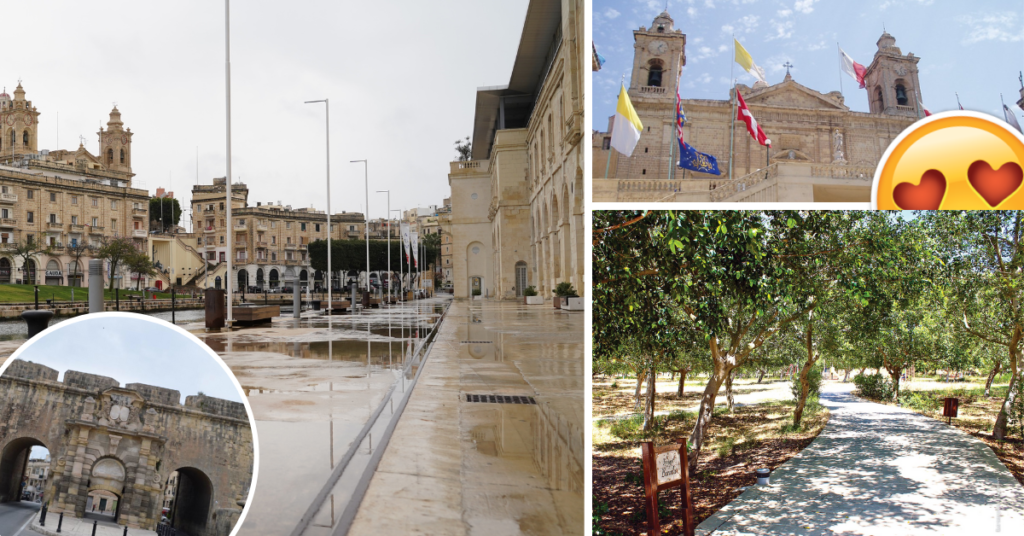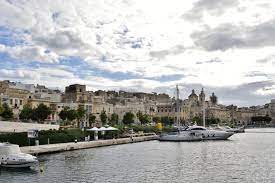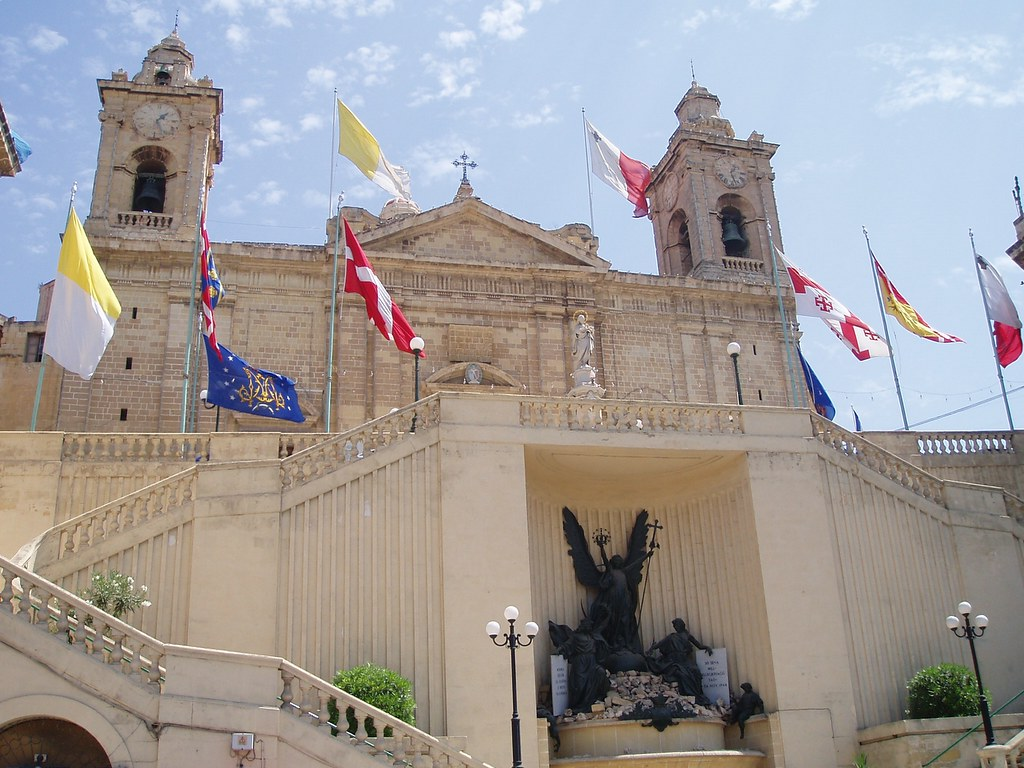From Harbour Refuge To Architectural Majesty, Bormla Is Easily The Most Underrated Of The Three Cities

Malta’s Three Cities are each a splendid example of Maltese medieval culture and heritage. Each of them is a gem of the Maltese islands and cannot be appreciated enough.
The least appreciated, and visited, of the Three Cities is Bormla – a stunning, architectural marvel that boasts houses and buildings that date back to the times of the Knight’s of St John and have remained mostly untouched by urban development.
Also known as Cospicua, Bormla has been the birthplace of numerous leaders and political powerhouses in Malta, including the former Prime Ministers and Leaders of the Labour Party Dom Mintoff and Karmenu Mifsud Bonnici as well as former Minister and President of Malta, Ugo Mifsud Bonnici.
Despite having a peak population of 12,148 when census data in Malta first began to be collected in 1901, the city’s population currently stands at around 5,395 as of 2014.
A History Dating Back To Neolithic Times
Bormla has been inhabited since Neolithic times, with its uniquely advantageous position within the Grand Harbour offering it as the perfect place for civilisation to blossom.
It is for this reason that the Phoenicians started using the area’s maritime facilities in order to act as a refuge for their boats from around 600 BC.
The Carthaginians and Romans continued this tradition throughout antiquity, hence the numerous ancient sites across what is the modern-day Three Cities.
However, Bormla as an actual settlement was properly established during the times of the Knights of St John when fortification walls were constructed to protect the town alongside its neighbours Birgu and Isla.
Construction began in 1638 but would not be completed for another 70 years. In 1722 Bormla was declared a city by Grand Master Marc’Antonio Zondadari and, in view of its strong bastions, was also named Città Cospicua.
The Order of St John went on to also begin construction of a dockyard within Bormla’s part of Grand Harbour in 1776. The dockyard would go to play a vital role in Malta under British rule, with the Royal Navy using it extensively for the Crimean War, First World War and the preceding years to the Second World War.
Like much of Malta’s urban and harbour areas, Bormla saw extensive bombings during World War Two by Axis powers during their siege of Malta.
Once Malta had achieved independence in 1964, the dockyard became a particular point of contention between the General Workers’ Union, to which most dockyard employees belonged, and successive governments.

The early 21st century saw the dockyard be substantially downsized due to the cost of operating the site being responsible for around 25% of Malta’s national debt at the time.
Most recently, Bormla’s Dock No. 1 has seen extensive revamping and restoration in order to transform the space into an area dedicated to commercial and tourist attractions.
A religious heartland

The Immaculate Conception Church, Bormla's Parish Church
If you didn’t know just how much of a heartland for religion Bormla truly is, then you definitely did not know that the city is also known as Belt L-Immakulata or ‘the city of the Immaculate’ referring to the city’s Patron Saint; the Immaculate Conception of the Virgin Mary.
Bormla boasts numerous churches and chapels across the city. These include the Parish Church of the Immaculate Conception, the Church of St Theresa and the chapels of St Paul and St Margaret – which all lie within walking distance of each other.
The city celebrates its festa every 8th December with their patron Saint being the Virgin Mary of the Immaculate Conception.
Aside from festi however, Bormla is known renowned for its celebration of Good Friday which began in the 18th Century and has since become a popular tourist attraction.
Bormla is also where the famous Mejda tal-Appostli (Table of The Apostles) first began. This time long tradition consists of a display depicting the food that was eaten during the Last Supper and other Biblical stories made with coloured rice and salt on plates.
A Treasure Trove Of Hidden Gems
Believe it or not, Bormla has a huge amount of sites to see.
Were you to simply walk through the streets, you will surely be met by dozens of little alleyways, niches and narrow streets offering you a walk-through living history within this medieval city – something that all of the Three Cities boast.
Bormla acts as a prime example of architectural ingenuity, especially when it comes to one of its crowning sites: its fortifications.
Namely, their most famous are the Cottonera Lines (1670), the Santa Margerita Lines (1638) and St Clement’s Retrenchment (1854). The three consist of and merge with the original fortifications of the Knights of St John to protect Birgu, Senglea and Bormla from potential attacks.
Combined with Saint Helen’s Gate, which is also known as Vilhena Gate, and Verdala Gate they offer a mostly intact example of Malta’s architectural heritage.
If you are not one for architecture, however, make sure to visit the Bir Mula Heritage Museum, which gets its name from the same origin as Bormla, Bir Mula, which means ‘the well of the Lord’.
The museum sits on a site that has shown to have seen extensive habitation over the centuries, with excavations revealing Neolithic artefacts and even signs of a Punic-era cult’s shrine.
It also highlights Bormla’s history and seeks to uncover what is a far more complex story behind the city than most people may realise. If you are interested in unravelling the mysterious history of Bormla, this is your place to be.
For those who may enjoy roaming outdoor areas, Dock No. 1 and the Bormla Gardens are your places to enjoy a relaxing walk as you enjoy a good day out.
Where to stop for a meal
Bormla is filled with little bars and café’s nestled within its medieval, narrow streets.
In particular, one can be sure to enjoy Café Rouge. Located on two ornately decorated floors that overlook Dock No. 1, this restaurant offers an array of fusion Mediterranean food, fine whiskies and a varied selection of wines to enjoy.
For someone looking for a more Italian cuisine experience, Nuovo Café San Giorgio is your place to be. Whether you want to sit down for a Roman pinsa (pizza) or a plate of Paccheri, you will not be disappointed.
While Bormla may be the youngest city of The Three Cities, it definitely lives up to the grandeur and splendour that these heritage hubs of Malta are renowned for.
Bormla is a city that people need to stop sleeping on because it truly is a beautiful gem in Malta’s cultural crown – underrated but no less uniquely precious.
What is your favourite part of Bormla? Let us know in the comments
